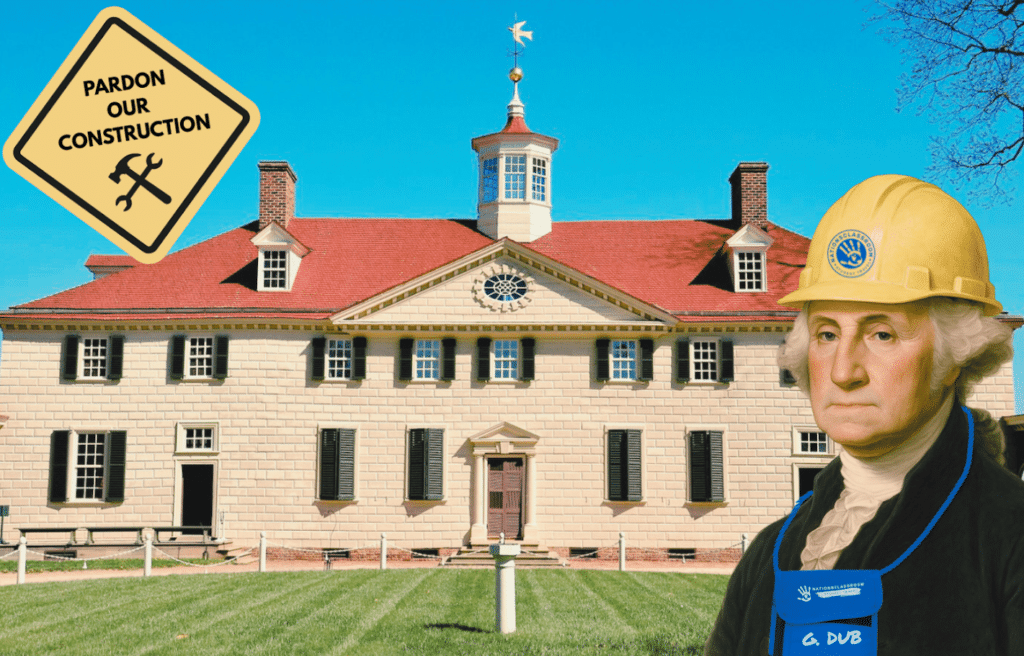6 Ways School Trips Can Teach Gratitude
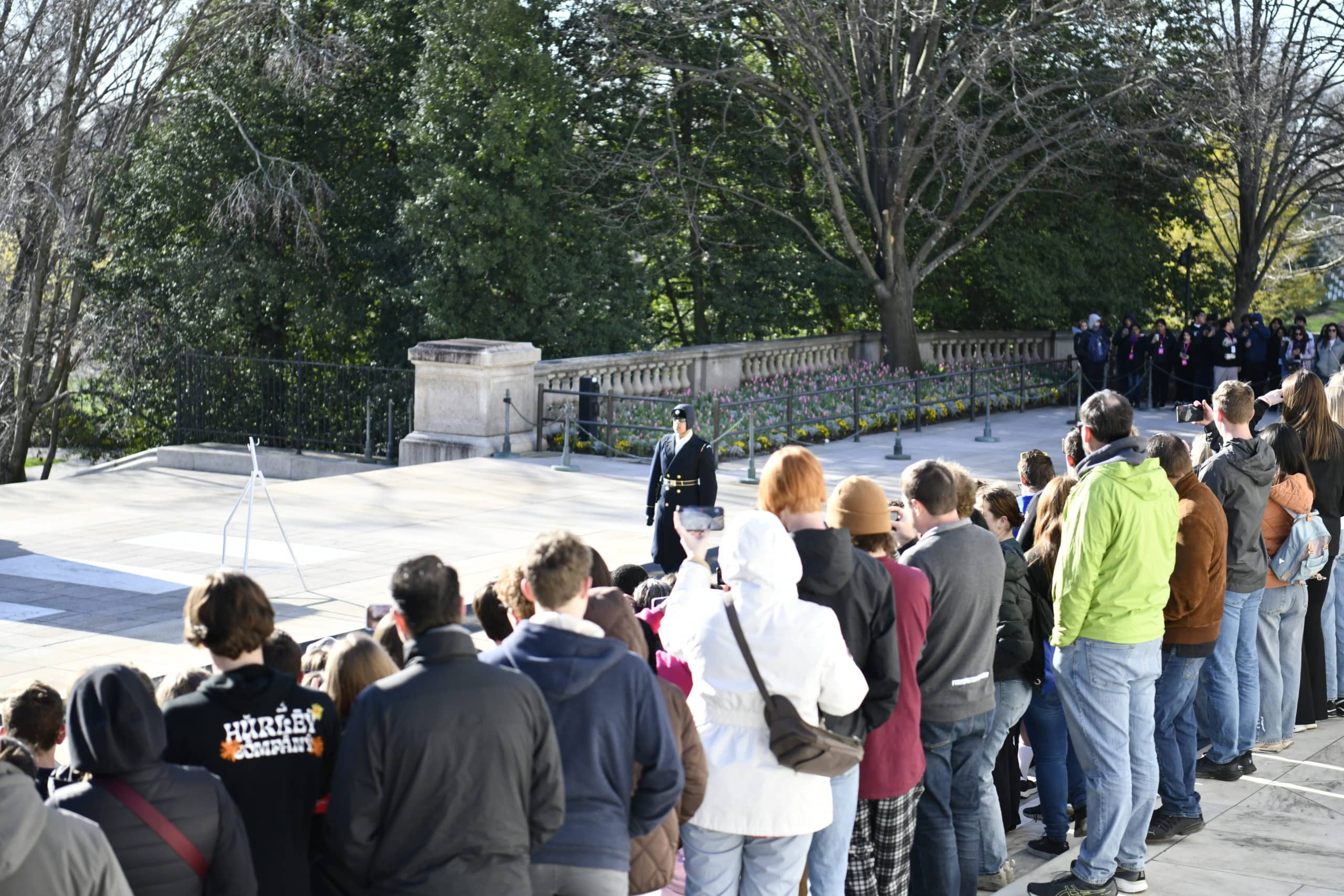
The last few years have taught us many lessons, but one of the most important is gratitude—gratitude for your family’s health, gratitude for teachers who made and remade plans for their students, and gratitude to communities who rose up to help each other in times of crisis.
For teachers who lead student trips, it can be difficult to instill the importance of gratitude in teens and tweens who are still wired to focus on their own needs and wants. It takes a little extra work but finding ways to show appreciation while on tour helps kids re-focus and build a more grateful mindset.
Research from the Harvard Medical School tells us that “gratitude is strongly and consistently associated with greater happiness.” Practicing gratitude can help students cope with adversity, strengthen their relationships, and improve their overall health. The article goes on to state:
“Gratitude is a way for people to appreciate what they have instead of always reaching for something new in the hopes it will make them happier, or thinking they can’t feel satisfied until every physical and material need is met. Gratitude helps people refocus on what they have instead of what they lack. And, although it may feel contrived at first, this mental state grows stronger with use and practice.”
Here are six ideas to help develop a mindset of gratitude on a school trip and some research that reinforces why we should.
1. Write Thank-You Cards
Ask each of your students to write three thank you cards to someone who did something they appreciated related to the trip. A good exercise is to have them start by brainstorming the people who helped make their trip possible and go from there. Outline the structure of a good thank you note as a language arts lesson, but give the kids the freedom to choose the messages and recipients. As a follow-up, the kids can do a pair-and-share activity to talk about how it felt to write the notes and how they think the recipients will feel when reading them.
2. How Did That Get Here?
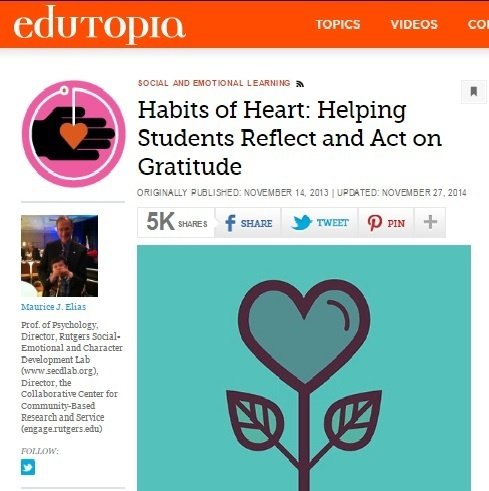
A great article in Edutopia called Habits of Heart: Helping Students Reflect and Act on Gratitude offers an interesting idea on practicing gratitude. By posing the question “how did that get here,” students can research and learn how various attractions visited on tour got where they are today. Monuments and memorials visited on a school trip to Washington, D.C. would be a great focus for this type of question.
According to the Edutopia article, tracing the origins of the Washington Monument, for example, can help students “develop a sense of appreciation for the many things that had to happen” in order for it to be constructed.
What did Washington do for others? Who decided to honor him? Who constructed the Monument? What challenges did they face? Who maintains it today?
Many things had to happen in order for students to experience the Washington Monument, and understanding that helps develop an appreciation for its existence and meaning.
3. Honor Ceremony
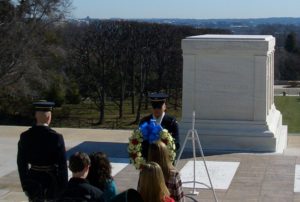
Many cities have memorials for people who have made personal sacrifices for different causes, from wars to human rights. Find out the rules for paying tribute at a memorial and choose a way for students to show their respect.
If you are traveling to Washington, D.C., schedule a time to take part in a wreath-laying ceremony at Arlington National Cemetery. The Tomb of the Unknowns honors those who gave their lives in World War I, World War II, the Korean War, and the Vietnam War “in defense of the Nation’s integrity, honor, and tranquility.” Members of the public may participate in a wreath-laying ceremony at the Tomb.
Requests to lay a wreath are accepted online up to a year in advance. Participants make arrangements to bring the ceremonial wreath for the assigned date and time and must follow the protocol and dress code to participate.
If you are traveling elsewhere, ask students to get involved by researching hometown heroes, war memorials, and other places that commemorate the contributions people made and ways they can honor them while visiting.
4. Tips and Gratuities
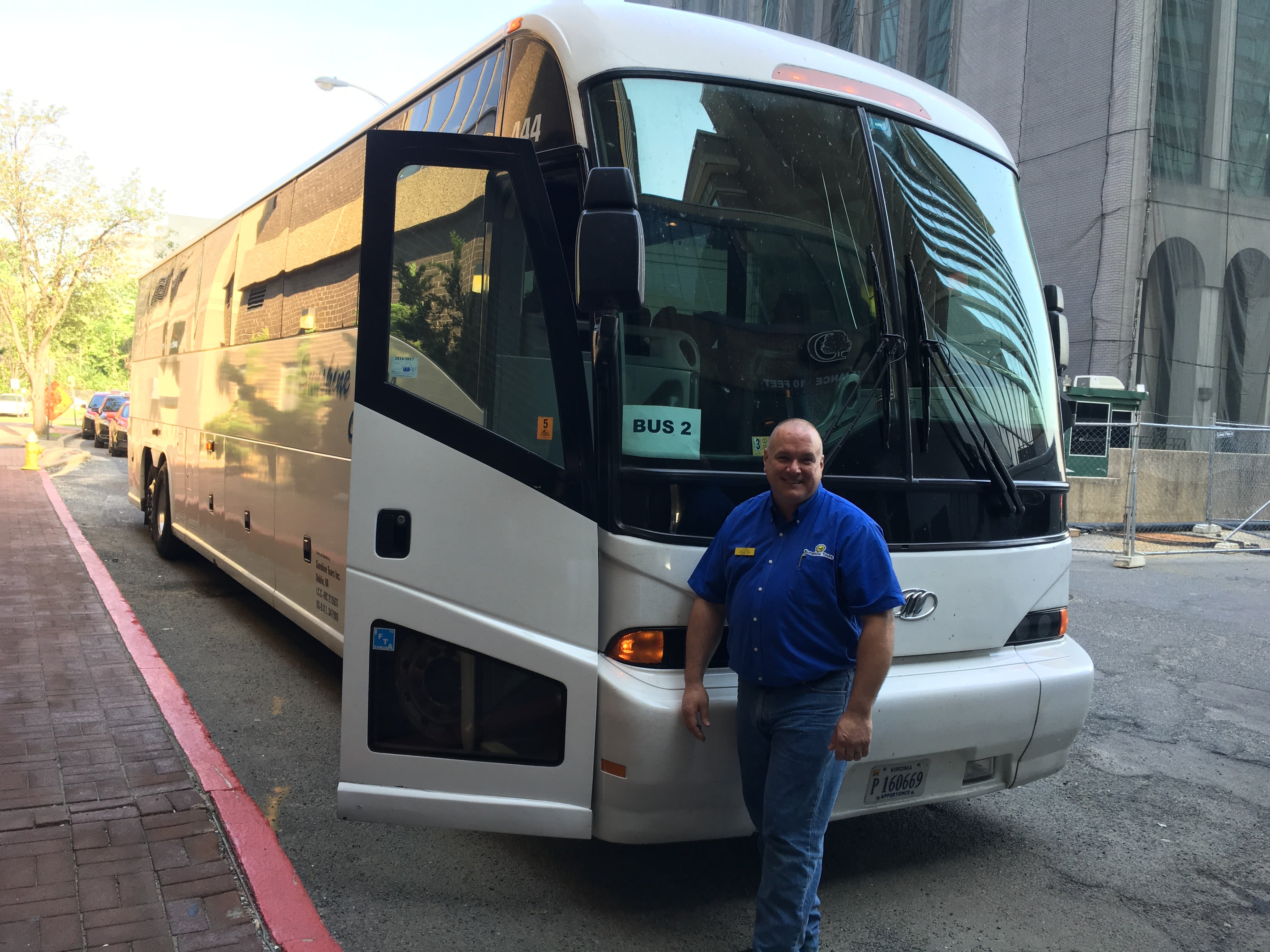 Many people in the hospitality industry rely on gratuities for income. While on tour, students will have plenty of opportunities to appreciate the hard work that others do for them, such as serving a meal, cleaning their hotel room, or loading their luggage on the bus.
Many people in the hospitality industry rely on gratuities for income. While on tour, students will have plenty of opportunities to appreciate the hard work that others do for them, such as serving a meal, cleaning their hotel room, or loading their luggage on the bus.
To help make things easier on you as a trip leader, plan ahead for how you will handle tips. Not all student travel companies help coordinate gratuities ahead of time, so be sure to ask. This is one of the many benefits of working with an all-inclusive student travel provider like NationsClassroom.
Our student travel consultant will help collect gratuities in advance and allow the trip leader to give tips after the services are provided. Other companies may require you to collect money from families at a parent meeting that you will need to organize and pay forward.
5. Manners, Please
Just as monetary tips are appreciated, so are kind gestures and manners. Remind students to clean up after themselves, use “please” and “thank you”, and act respectfully in public spaces like museums, hotels, and restaurants. This is an excellent way to show appreciation for the gracious hospitality they experience while on tour.
If you are traveling by air, this is especially important at the gate, where student groups often congregate, and the volume can quickly get out of hand. In this age of social media, it’s easy for a traveler to quickly Tweet or post a video naming the obnoxious group in your charge (I’ve seen it happen), so reinforce the importance of R-E-S-P-E-C-T at all times.
6. Keep A Momento
Find a way to help students remember the trip and they will most likely have a feeling of appreciation for their experience each time they see it.
One idea is a group photo taken at a memorable stop. Either print a copy of the photo for students or have a professional photo ordered ahead of time. For example, Central Photo in Washington, D.C. takes high-quality, panoramic photos in front of the Capitol that make an excellent keepsake.
Some schools opt for wearable keepsakes, like a t-shirt or hat, while others print a memory book.
Having the opportunity to travel with their classmates will be a memorable experience that will be something to appreciate in itself. As a trip leader, you are giving the kids an invaluable gift and for that, we thank you!
Interested in learning about our Tour Destinations? Check out our itineraries, or request a quote to learn more!
Originally published November 2016, updated May 2024

